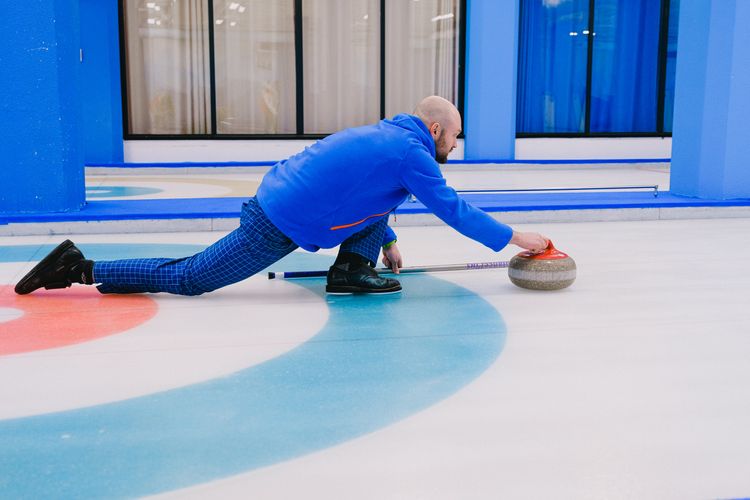Issue 16 Blue Crab Edition - Pain Maps for Patellar Tendinopathy and Racial Trauma in Rehab Medicine

A Single Leg Squat Can (Possibly) Identify Patellar Tendinopathy
The Gist - This research, from a collection of PhDs from Queensland, Australia, presents a new method for early detection of patellar tendinopathy, pain maps. The researchers gathered 57 teenage volleyball players and had them perform single-leg decline squats, then indicate if they had pain and, if so, where. The where was identified using a collection of pain maps that let the researchers easily identify and describe the pain location. 12% had patellar tendon pain with this motion and, upon further research using ultrasound, were seen to have thicker patellar tendons, greater disability, and more frequent neovascularization than the other groups. All of these are evidence of patellar tendinopathy. It seems that a single leg squat that shows patellar tendon pain may be enough to warn about tendinopathy.
Tell Me More - The researchers found that 15 of their participants had some type of knee pain. Of these, 5 who had “other knee pain”, a moniker that they used for non-patellar pain. Neither they nor the pain-free participants had remarkable patellar tendons, unlike the patellar tendon pain participants. Since patellar tendinopathy has a high prevalence in adult volleyball players (45%) and is the most frequent overuse injury in adolescent, elite athletes (according to the paper), being able to quickly and easily identify it could be effective in early treatment. That’s what this test promises though it is still early in development.
The study is limited by its small sample size, limited population tested, and limited clinical exams they performed on the participants. The researchers acknowledge this, but indicate that it’s still promising though we’re not yet sure how promising it is. A source they cite in the paper indicates that clinical examination reports lower prevalence rates of tendinopathy than ultrasonography does, so if this simple squat test could bring those values together, that could be beneficial for easily identifying tendinopathy. We’re still a ways away from this becoming a real test with sensitivity and specificity numbers, but it may be on its way there and is already clinically useful to get a better understanding of the nature of a patient’s pain.
Do you have the paper? Not really, but I can link to it. It’s here.
Racial Trauma in Rehab Medicine
The Gist - During a summer that introduced new thoughts, ideas, and realizations to many of us, the Archives of PM&R joined right in, publishing this editorial piece on how to reckon with racial trauma in rehabilitation medicine. I am in the fortunate place not to have had to consider this before, as the piece makes clear that most of its readers will be. It’s an article that’s tough to summarize, short, and an easy read, so I highly recommend that you go check it out yourself. Do please read it.
Tell Me More - If I must summarize, here are the authors’ main points:
- Systemic trauma and health are linked in a way that we don’t fully understand.
- Not studying this link will allow the health issues we treat to continue into future generations.
- The trauma-informed care model should be a starting point when treating patients.
- "In the case of a patient facing amputation, for example, a broad trauma-informed approach would rigorously inquire about the structural circumstances such as racism, economic inequality, and access disparities leading to limb loss as well as downstream barriers that might impair prosthesis acquisition and rehabilitation outcomes."
- The makeup of care teams should better reflect those for whom they care
- "State-sanctioned violence, sociopolitical disenfranchisement, racial prejudice, and economic injustice are grinding down on too many of our patients. For their sake and for the health of our country, these social determinants of health demand a response from our profession."
Where is this editorial of which you speak? Here. Please read it. It is open access and just two pages long.






Comments
Want to leave a comment and discuss this with your fellow PTs? Join PT Crab and get summarized PT research in your inbox, every week.